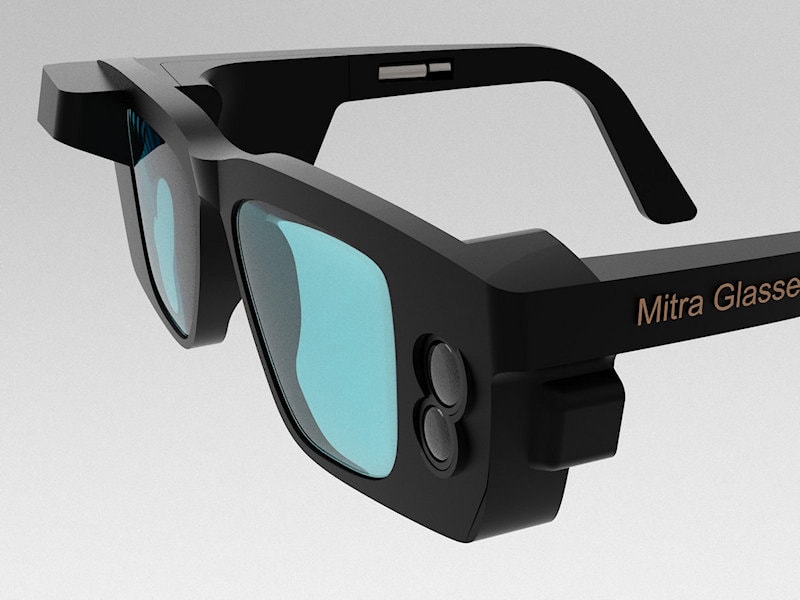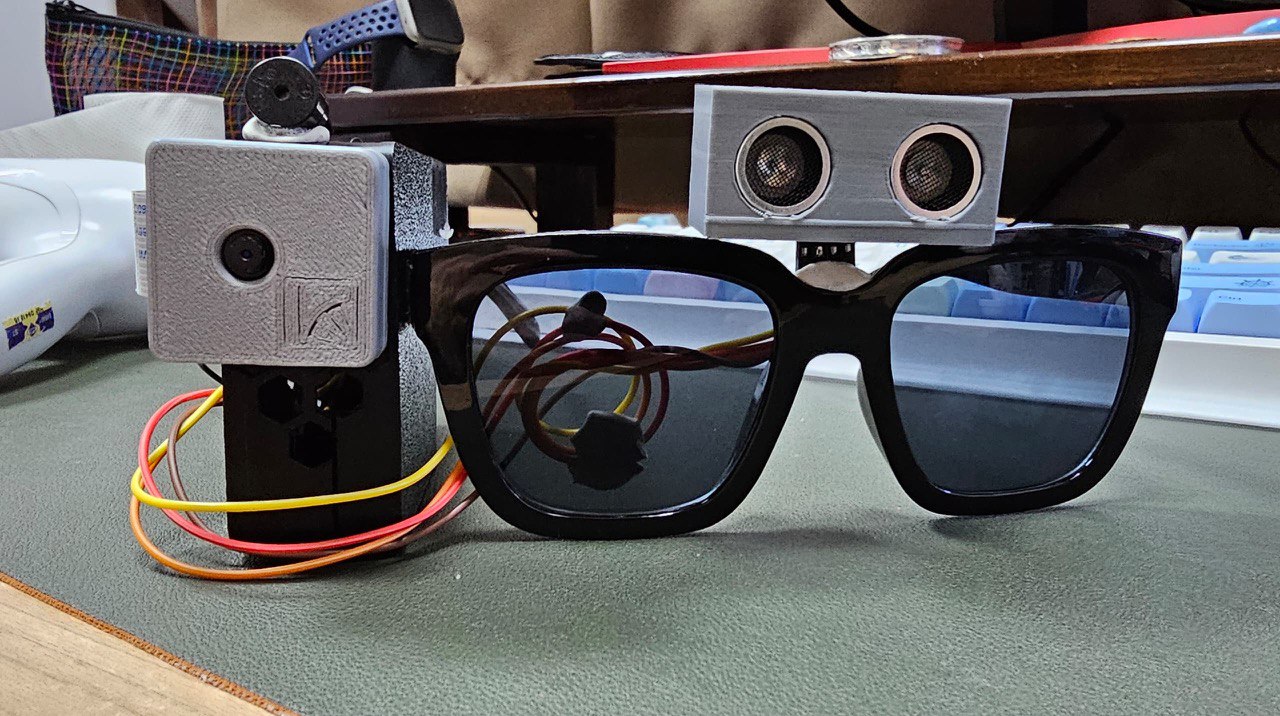Discover Advanced Assistive Gadgets for People With Aesthetic Problems
The landscape of assistive technology for people with visual problems is evolving swiftly, offering a variety of cutting-edge devices that enhance autonomy and interaction. From wise glasses that flawlessly merge visual input with auditory support to advanced navigating applications that redefine spatial recognition, these tools are reshaping opportunities.
Smart Glasses Innovations
Smart glasses stand for a significant innovation in assistive technology for individuals with visual impairments. These innovative gadgets integrate numerous functions designed to enhance the customer's communication with their atmosphere. Equipped with sensors and cams, clever glasses can capture real-time aesthetic info, which is then refined and shared to the user via sound feedback or haptic feelings. This capability permits people to get prompt descriptions of their environments, improving their capability to engage and navigate with the world.
Furthermore, innovations in man-made knowledge have additionally enhanced the abilities of clever glasses. Artificial intelligence algorithms can acknowledge faces, read message, and determine things, making them indispensable devices for daily jobs. Customers can obtain auditory hints that offer context concerning their atmosphere, cultivating self-reliance and self-confidence.
In addition, the ergonomic layout and lightweight nature of lots of clever glasses make them suitable for prolonged usage, making certain comfort while enhancing functionality. As these gadgets remain to evolve, they hold the prospective to transform the means individuals with visual disabilities experience their day-to-days live, linking the space in between accessibility and innovation. The recurring study and growth in this area assurance to expand the possibilities for wise glasses, making them a crucial component of modern-day assistive tools.
Navigating Application and Devices
Many navigation apps and tools have arised as important resources for individuals with visual disabilities, dramatically boosting their capability to go across unfamiliar atmospheres. These innovations utilize general practitioner functionality, audio hints, and real-time information to provide users with specific navigating aid.
One noticeable example is the Aira application, which links users to experienced agents that can give visual summaries of surroundings and navigation guidance with a real-time video feed. This service enhances the customer's spatial recognition and self-confidence while navigating. An additional remarkable tool is Seeing Eye GPS, which supplies voice-guided navigation and points of passion, allowing individuals to access essential information about their surroundings.

As innovation proceeds to breakthrough, the advancement of more innovative navigating devices assures to more encourage individuals with visual problems, helping with smooth mobility and combination into varied settings. Such developments are instrumental in promoting a much more inclusive culture.
Braille Modern Technology Advancements
In the last few years, advancements in Braille technology have significantly transformed how people with aesthetic impairments gain access to info and involve with the world around them. The development of mobile Braille displays has actually transformed reading by permitting users to connect wirelessly to smart devices, computers, and tablet computers. These gadgets transform text right into Braille in real-time, making it possible for smooth communication with electronic web content.
Moreover, innovative Braille printers have actually arised, enhancing the manufacturing of tactile products. Modern embossers are much faster and much more efficient, allowing for the quick creation of Braille files and instructional products. This efficiency decreases the moment and expense connected with generating Braille sources, making them more obtainable to organizations and schools.
Furthermore, the integration of Braille with various other modern technologies, such as expert system and device knowing, has opened up new avenues for personalized understanding experiences. Voice recognition and synthesis optometry services innovations can match Braille, supplying a comprehensive method to info dissemination.
As the demand for inclusive education and workplace environments grows, these technical improvements play an essential duty in equipping people with visual disabilities, ensuring they have equal accessibility to info and chances in numerous elements of life.
Wearable Devices for Independence
An expanding variety of wearable gadgets is enhancing self-reliance for people with aesthetic impairments, using cutting-edge options that enhance navigating and daily living. Braille displays and notetakers. These devices use innovative technologies to offer real-time responses and support, promoting freedom in different atmospheres

Wearable innovation likewise consists of smartwatches that can be configured with availability attributes, allowing customers to get alerts, track their places, and even call for help with the touch of a switch. Some tools integrate synthetic intelligence to analyze the environment, offering sound descriptions of close-by things or people.
Voice-Activated Assistive Solutions
Leveraging voice-activated assistive solutions has actually changed the landscape of support for individuals with aesthetic problems, providing hands-free communication and accessibility to a range of jobs. These technologies make use of natural language processing and expert system to make it possible for users to perform everyday activities with simple voice commands.

Additionally, current innovations in voice acknowledgment precision have actually boosted the individual experience significantly, accommodating varied accents and speech Homepage patterns. This inclusivity guarantees that even more individuals can take advantage of these technologies, promoting a higher sense of autonomy.
Conclusion
In conclusion, the growth of innovative assistive tools dramatically boosts the freedom and lifestyle for people with visual disabilities. Developments such as smart glasses, navigating applications, Braille modern technology, wearable gadgets, and voice-activated options jointly promote a more inclusive environment. These modern technologies encourage individuals to navigate their environments with self-confidence and engage even more completely with the world, ultimately advertising higher availability and equal opportunities for people dealing with visual challenges.
The landscape of assistive modern technology for people with visual problems is progressing rapidly, presenting an array of ingenious devices that boost autonomy and involvement.Smart glasses stand for a significant innovation in assistive innovation for individuals with aesthetic impairments. As these tools continue to evolve, they hold the possible to transform the means people with aesthetic disabilities experience their everyday lives, linking the void between accessibility and modern technology.In recent years, innovations in Braille innovation have actually substantially transformed how people with aesthetic disabilities access details and engage with the world around them. These modern technologies equip users to navigate their environments with self-confidence and engage even more totally with the globe, inevitably advertising better access and equal chances for individuals dealing with aesthetic challenges.